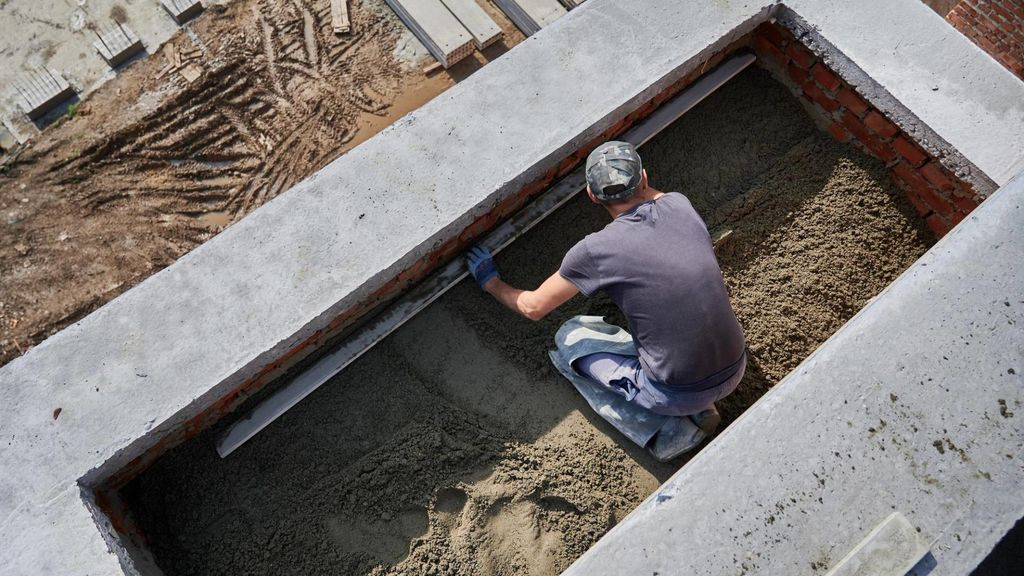
Exploring the 10 Essential Types of Home Foundations
Your home’s foundation is the bedrock of its structural integrity. It distributes the weight of your home evenly across the soil it rests upon. The ideal foundation type for your home can vary based on several factors such as the home’s design, location, soil and climate conditions, and budget constraints. Understanding the different types of house foundations can assist homeowners and contractors in making an informed decision. Read ahead to explore the foundational options best suited for your property.
Two Main Categories of Building Foundations
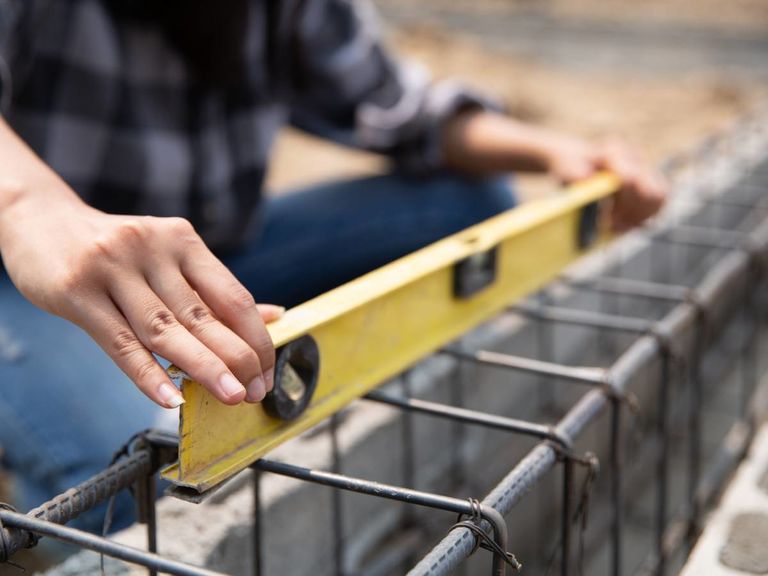
Foundations can generally be segmented into two categories:
1. Shallow Foundations:
These have a depth equal to or less than their width and are best for soils that can support structures up to a depth of 1.5m.
2. Deep Foundations:
The foundation depth here exceeds its width and is commonly used for structures needing support at depths greater than 3m.
Delving into Shallow Foundations
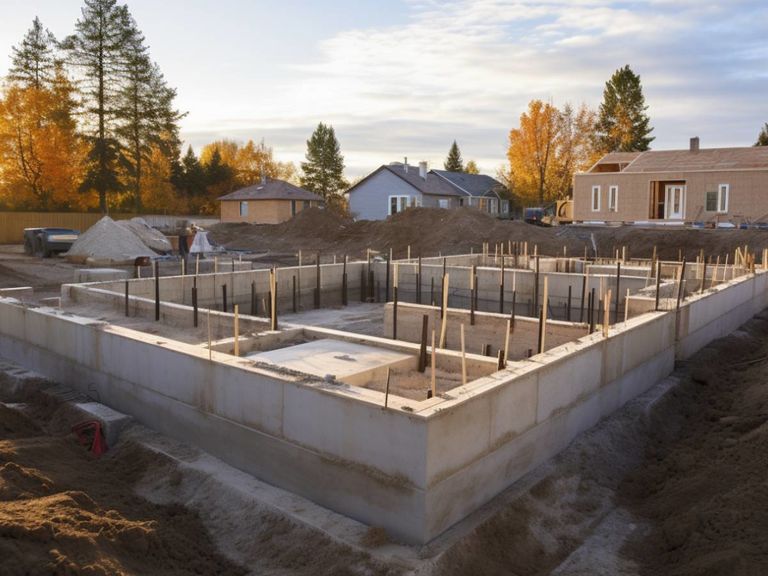
Shallow foundations are often the more cost-effective option. Here are some types:
1. Spread Footings:
These have wider bases than typical foundations, distributing weight over a larger surface area. Ideal for lightweight structures and dense, sandy soils. They are often built using stone, brick, or various forms of cement.
2. Pad or Individual Footing:
Commonly used for single, load-bearing columns, the shape of these footings can be square or rectangular. They are usually constructed of PCC or RCC and are economical for lighter structures with spaced-out columns.
3. Combined Footing:
Useful when multiple close-proximity columns share loads, this rectangular-shaped foundation overlaps the footings of adjacent columns.
4. Strip Footing:
This involves a continuous concrete strip under load-bearing walls, spreading the weight uniformly across the soil. Typically made of PCC or RCC.
5. Raft or Mat Foundations:
These cover the entire structure’s base and are particularly useful for low-bearing-capacity soils and to avoid uneven settling of the foundation.
6. Cantilever or Strap Footing:
Useful in property line restrictions, this footing type links an edge foundation with an internal one through a connecting beam.
An Overview of Deep Foundations
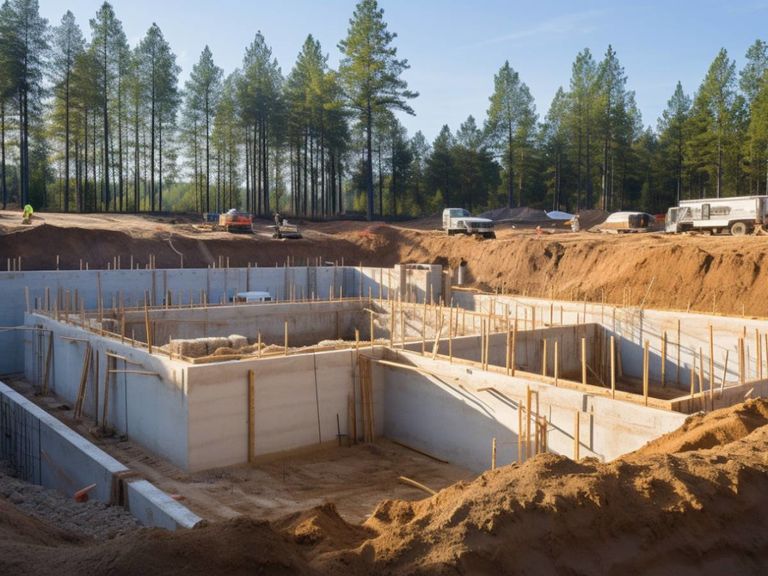
1. Pile Foundation:
Ideal for transferring heavy loads to deeper, more stable soil layers, these foundations are resistant to lateral forces like earthquakes and wind.
2. Pier Foundation:
Used when surface soil is unstable but deeper layers are reliable, these cylindrical foundations can bear heavy loads.
3. Drilled Shafts or Caisson Foundations:
Suitable for carrying even larger loads, these cannot be used in certain soil conditions.
Foundations and Basements: A Closer Look
1. Full Basement:
Mirrors the floor area of the house and usually stands about 7 feet tall. Variants include daylight and crawl space basements.
2. Concrete Slab-on-Grade:
A single concrete slab resting at ground level, useful in climates without ground freeze and thaw cycles.
How SF Bay Engineering Can Assist
Selecting the right foundation is a pivotal decision in the construction process. SF Bay Engineering has an established track record of guiding clients through all their construction needs. Contact us today for a complimentary quote and consultation.
Related Posts
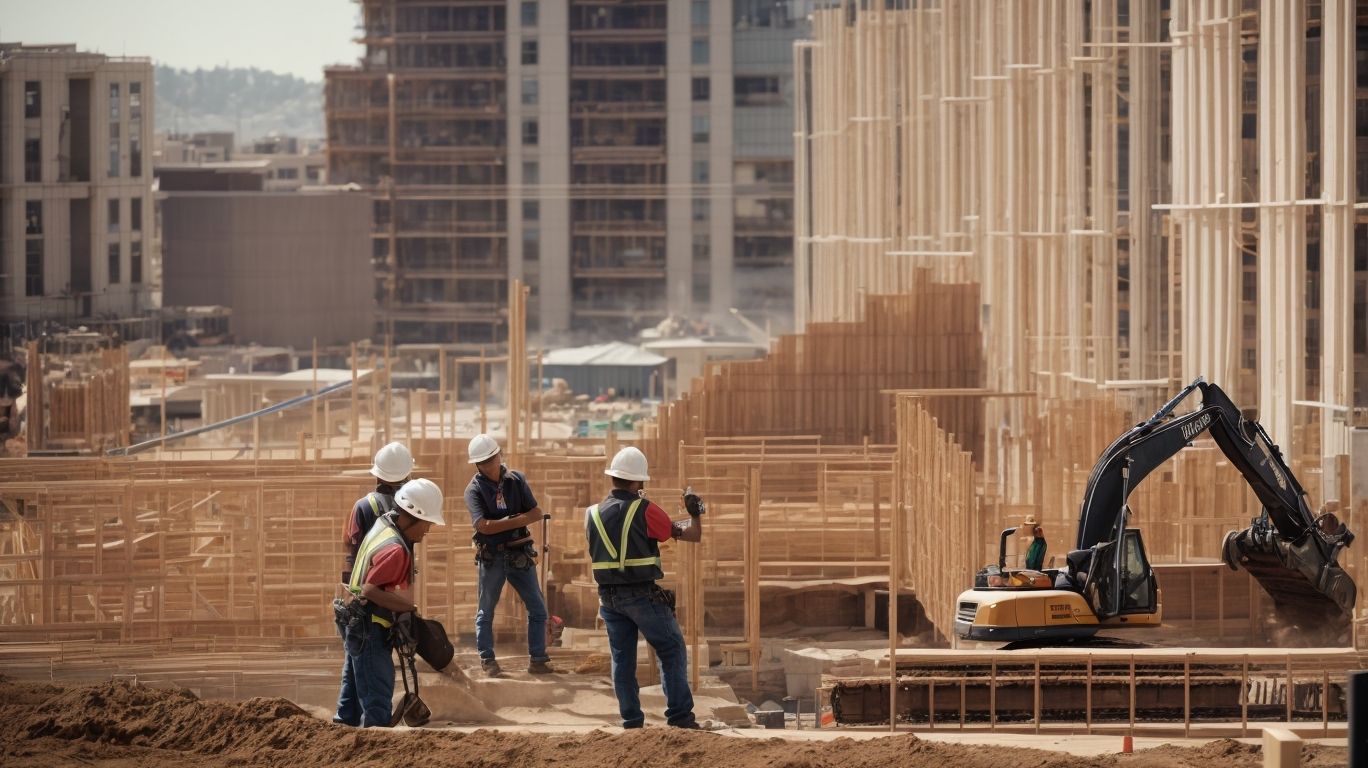
Foundation Engineering in the SF Bay: Building a Durable Base
Foundation engineering is the cornerstone of any construction project, particularly…

Seamless HVAC Integration in SF: Your Structural Engineering Solution
In the world of structural engineering, the seamless integration of…

Building Earthquake-Proof Structures for SF’s Seismic Resilience
Uncover the secrets of constructing earthquake-proof buildings in SF. Explore…
